Hitler's Nuclear Weapons: The Development and Attempted Deployment of Radiological Armaments by Nazi Germany
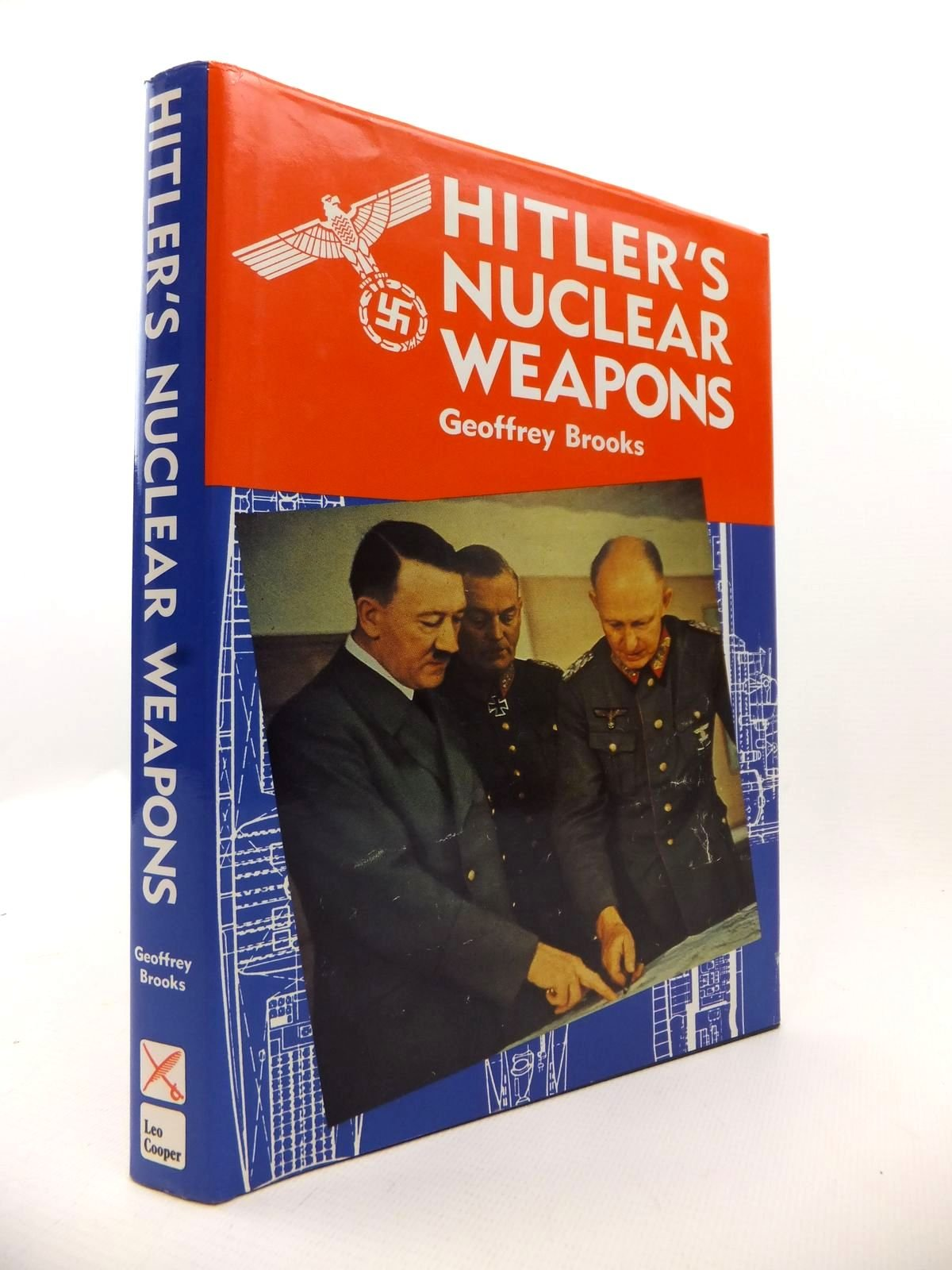
Summary
It is a reassuring feature of history that even the most brutal and immoral regimes contain the seeds of their own downfall. Moreover, success or failure in warfare rarely depend on a single event or person, and there is always the element of chance, but Werner Heisenberg, the top physicist in Nazi Germany, was almost solely responsible for delaying the successful development of a German nuclear weapon and thereby changing the course of history.
'Heisenberg sacrificed his place in history for the sake of humanity... to ensure that he headed an atomic programme that failed. This was the German Pimpernel, and his opposition to the National Socialist regime was probably the most destructive, continuous act of resistance to Hitler. Heisenberg's contribution to the ultimate defeat of Hitler was greater than that from any person on either side. Against the advice of all the world's great physicists, he remained behind to work against the Nazi regime from within, and thus prevented the unimaginable catastrophe of a Nazi victory.'
For their part, Hitler and his colleagues seemed not to understand the full possibilities of nuclear power, and Hitler himself feared retaliation by the Allies if Germany were to have used an atomic weapon.
Finally, the production of uranium by the Germans, its dispatch to Japan and subsequent capture by the Americans towards the end of the war, made the atomic bombing of Japan inevitable. Here is a clear and thorough account, often by eyewitnesses, of people and events in an unfamiliar, yet vitally important, area of the Second World War, and of the moral dilemmas and responsibilities faced by leading scientists of the time. There are warnings, too, for readers now at a time when both nuclear scientists and weapons are still available in a dangerously unstable world.
Similar Books
-
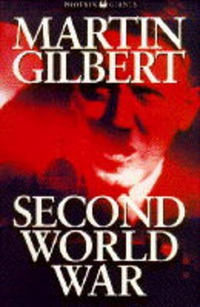 Second World War
Second World Warby Martin Gilbert
-
 The Second World War: A Complete History
The Second World War: A Complete Historyby Martin Gilbert
-
 The Second World War
The Second World Warby Gilbert Martin
-
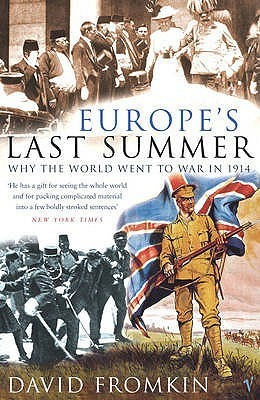 Europe's Last Summer: Who Started the Great War in 1914?
Europe's Last Summer: Who Started the Great War in 1914?by David Fromkin
-
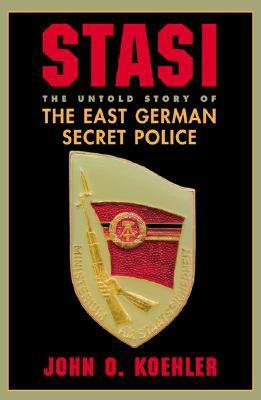 Stasi: The Untold Story of the East German Secret Police
Stasi: The Untold Story of the East German Secret Policeby John O. Koehler
-
 Honor Bound: The History Of American Prisoners Of War In Southeast
Honor Bound: The History Of American Prisoners Of War In Southeastby Stuart I. Rochester
-
 Honor Bound: American Prisoners of War in Southeast Asia, 1961-1973
Honor Bound: American Prisoners of War in Southeast Asia, 1961-1973by Stuart I. Rochester
-
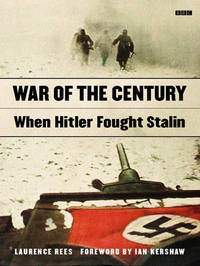 War of the Century: When Hitler Fought Stalin
War of the Century: When Hitler Fought Stalinby Laurence Rees
-
 Stalingrad 1942
Stalingrad 1942by Peter Antill
-
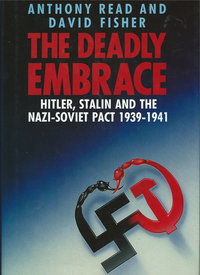
-

-
 Hitler Strikes Poland: Blitzkrieg, Ideology, and Atrocity
Hitler Strikes Poland: Blitzkrieg, Ideology, and Atrocityby Alexander B. Rossino
-
 The Routledge Atlas of the First World War
The Routledge Atlas of the First World Warby Martin Gilbert
-
 My Four Years in Germany
My Four Years in Germanyby James Watson Gerard
-
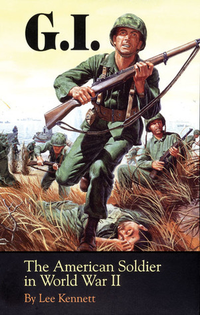 G.I.: The American Soldier in World War II
G.I.: The American Soldier in World War IIby Lee B. Kennett
-
 War in the Wild East: The German Army and Soviet Partisans
War in the Wild East: The German Army and Soviet Partisansby Ben H. Shepherd
-
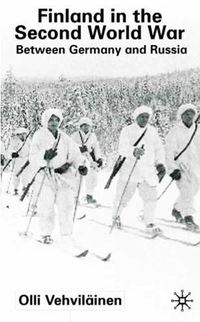 Finland In The Second World War: Between Germany and Russia
Finland In The Second World War: Between Germany and Russiaby Olli Vehviläinen
-

-
 Hitler's Renegades: Foreign Nationals in the Service of the Third Reich
Hitler's Renegades: Foreign Nationals in the Service of the Third Reichby Christopher Ailsby
-
 Resistance Warfare 1940-45
Resistance Warfare 1940-45by Carlos Caballero Jurado
-

-

-
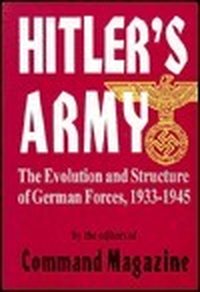 Hitler's Army: The Evolution And Structure Of German Forces
Hitler's Army: The Evolution And Structure Of German Forcesby Command Magazine
-
 Witness for Peace: A Story of Resistance
Witness for Peace: A Story of Resistanceby Ed Griffin-Nolan
-
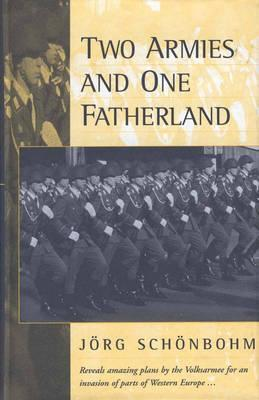 Two Armies and One Fatherland: The End of the Nationale Volksarmee
Two Armies and One Fatherland: The End of the Nationale Volksarmeeby Jörg Schönbohm
-
 Jagdwaffe Volume Five Section 3 - Defending the Reich 1944-1945
Jagdwaffe Volume Five Section 3 - Defending the Reich 1944-1945by Robert Forsyth
-

-
 Liberation: The Canadians in Europe
Liberation: The Canadians in Europeby Bill McAndrew
-

-
 Cuc: Flower of the Delta: A Viet Kieu Odyssey
Cuc: Flower of the Delta: A Viet Kieu Odysseyby Peter A. Geniesse
-
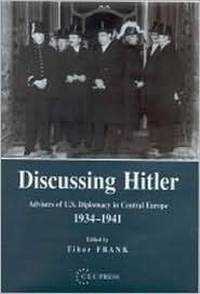
-
 Romania in Harm's Way, 1939-1941
Romania in Harm's Way, 1939-1941by Nicholas Constantinesco